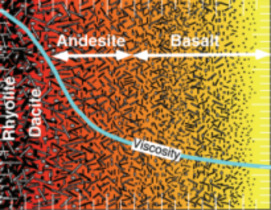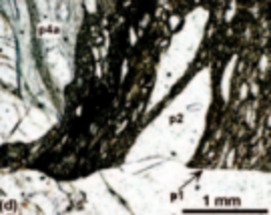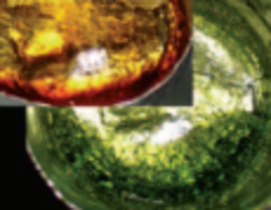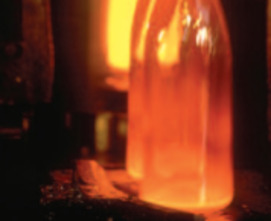Structure–Property Relationships in Industrial and Natural Glasses
The structure and properties of both natural and industrial glasses are influenced by the presence of small amounts of specific elements. Selected examples illustrate the roles of various elements in controlling properties such as coloration, stability, and optical and thermal properties, as well as the effect of redox state of multivalent elements (Ni, Fe, Zn, Zr, Mo) on chemical properties.
Structure–Property Relationships in Industrial and Natural Glasses Read More »







